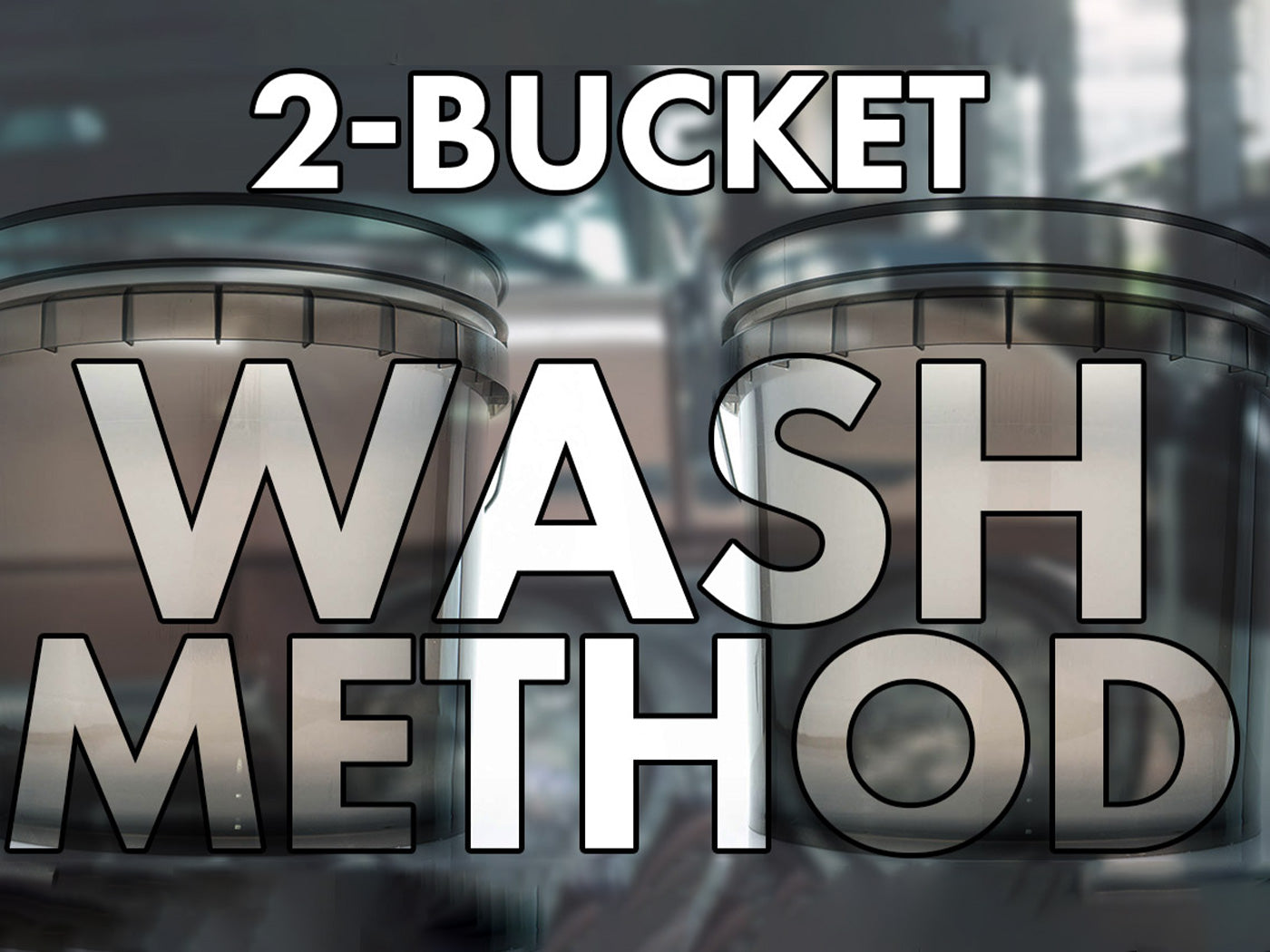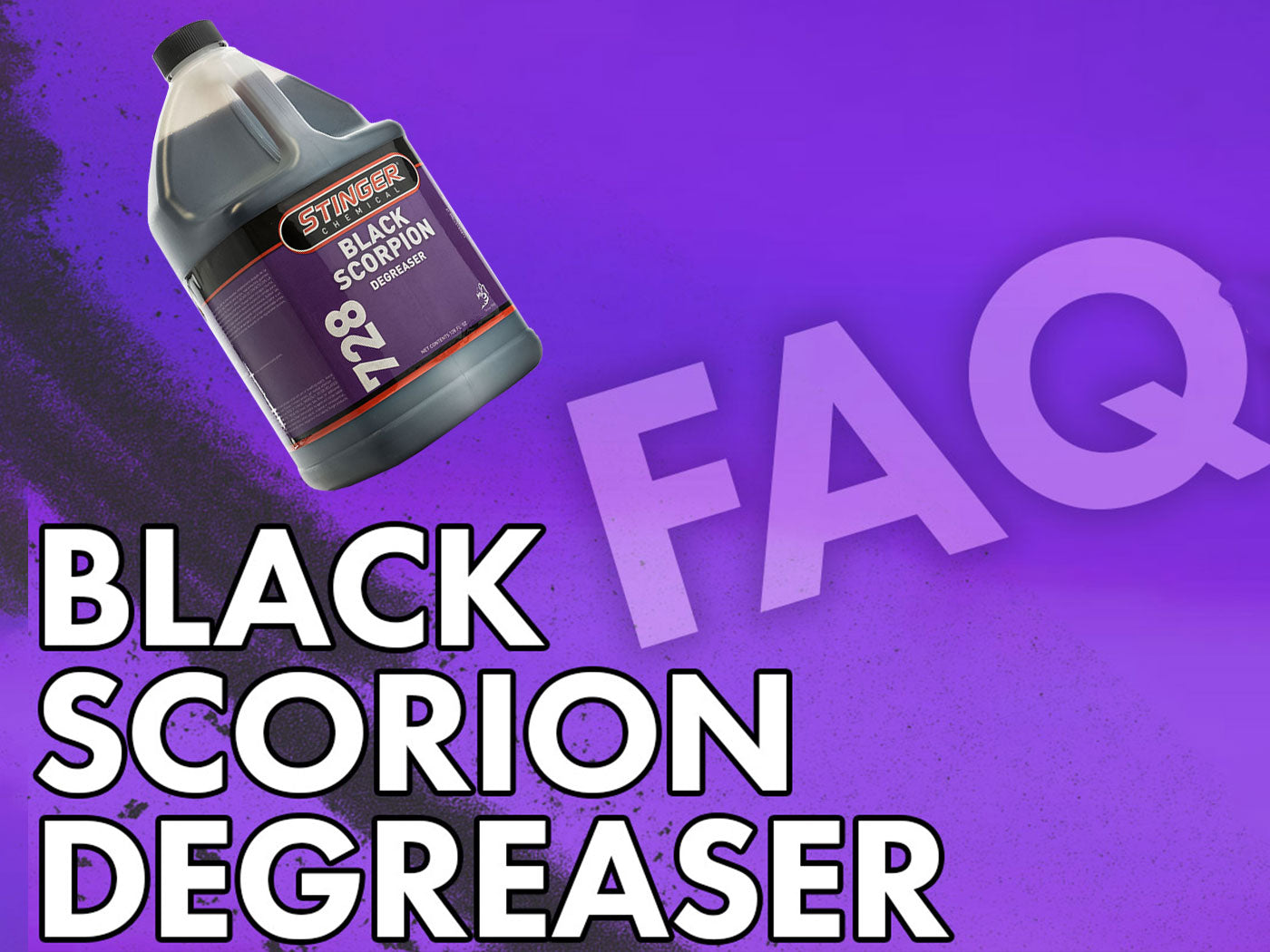The Basics of Ceramic Coating Application
If you like a good DIY project, then ceramic coating is for you. This process is long and time consuming, but due to the fact it only has to be done every 4-6 years the multiple hours you spend on your vehicle will be time well invested into protecting it for the future. So what does that process look like?
*Please Make sure the car surface is not in direct sunlight and that the surface temperature of the vehicle is no greater than 80°. The ideal temperature for paint correction and ceramic coating is 60° and 80° with low humidity.
Step 1: Wash and Clean your Vehicle
The first step may be obvious, but it is a well needed step in the cleaning of your vehicle, the goal is to give the coating the best surface it can bond to and this step is a great first step when it comes to that preparation. Make sure that you use a good soap and scrub the entire vehicle, especially spots that will be coated. This step is best used to remove the heavy dirt and debris that clings to your vehicle. Then simply dry the vehicle with a microfiber drying towel and proceed to step 2.
Recommended Products for this step:
- Cherry Suds
- Wash Mitt
- Wash Bucket
- Grit Guard
- Drying Towel
- Detailing Gloves
Step 2: Iron Remover
This step is used to remove other decontaminants from your car, many of these contaminants are not really seen at first glance. Brake dust, rail dust, etc. a lot of these contaminants aren't even seen at first glance. This step is a great second step to take post wash and pre clay treatment.
Recommended Products for this step:
- Iron Remover
- Detailing Gloves
Step 3: Clay Treatment
Clay treatment for your car is simply taking the excess contamination off of the vehicle before the paint correction process. This excess contamination could be tar, road paint, bugs, etc. This process helps to e
liminate the buildup of contamination on your buffing pads during the paint correction step. A proper clay treatment is a necessary step to a proper paint correction. Our recommended clay bar treatment is a medium grade purple clay bar with our showroom shine clay lubricant to allow the clay bar to effectively move across the surface of your vehicle while it accumulates decontamination. Clay-Mitts are also great for this step and really make this step easy and allow you to skip the showroom shine and just use clean water and some soap!
Recommended Products for this step:
- Clay Bar / Clay Mitt / Clay Disc / Clay Pad
- Showroom Shine
- Microfiber Towel
- Detailing Gloves
Step 4: The Paint Correction Process
Paint correction process is probably the most important step in the ceramic coating process. Why? Because the scratches and defects in the paint will be store under the ceramic coating. For instance, light scratches on the paint will be covered by the coating and will then be preserved for however long the coating remains on the vehicle surface. Good lighting is a great start to the paint correction process, the more angles of light are on the paint the better one can visually see the scratches and defects that reside on the cars surface. Once the area is well lit and the surface of the vehicle is roughly between 60° and 80° begin with the buffing process. Now, the buffing process looks very different for many cars, there are cars that need light paint correction while other cars need some heavy paint correction. To keep things simple follow these steps;
For the 3-step process we recommend the following;
1. Use a wool or microfiber pad with compound to take out some of the heavier scratches around the entire vehicle surface, make sure to clean your pad out going between sections on the vehicle!
2. Switch to a foam pad and repeat over the vehicle surface with a polisher.
3. Finalize the paint correction with come pure or protective compound and an ultrafine foam pad.
For a 2-step process we recommend the following;
1. Use a wool or microfiber pad with compound to take out some of the heavier scratches around the entire vehicle surface.
2. Switch to a foam pad and repeat over the vehicle surface with a polisher.
For a 1-step process we recommend the following;
1. Using a protective all-in-one cut, polish, & protective compound with a wool or foam pad depending on the surface of the vehicle.
Once the paint is back to looking brand new and without blemishes you may continue to the next step. Only when the paint is completed may you continue, as the way the paint sits in its current state will reflect under the coating for years to come!
Recommended Products for this step:
- Rupes LHR21III Buffer / Rupes LK900E Buffer / FLEX PXE 80
- Coarse Compound / Fine Polish / Uno Pure / Uno Protect All-In-One
- Microfiber Buffing Pads / Wool Buffing Pads
- Foam Buffing Pads / Ultrafine Foam Buffing Pads
- Microfiber Towel
- Detailing Gloves
Step 5: Panel Prep
The next step is to panel prep the surface of the vehicle. Using isopropyl alcohol to take off the rest of the contaminants from the surface. The leftover contaminants of oil, finger grease, silicone, etc. are removed with this treatment leaving nothing on the surface between the clear coat of the vehicle and the ceramic you are about to apply. Applying isopropyl alcohol is as simple as spraying it on and then wiping it off with a microfiber towel.
Recommended Products for this step:
- Panel Prep
- Microfiber Towel
- Detailing Gloves
Step 6: Ceramic Coating Application & Curing Process
Finally We have reached the final step in this process. Now that you have the car prepped and ready to go it is time to apply the ceramic coating. It is important to note that you will need to work in small sections of the vehicle when applying the coating. First, apply the coating directly to your applicator and then use that applicator to transfer it to the surface of the vehicle. Use an zig-zag pattern going both horizontal over the surface and then back over the surface in a vertical zig-zag pattern. This ensures maximum coverage of the area you are working one. Check out the video below to see what the proper application looks like!
Once done with one area you can move to the next, or wait for the coating to flash to indicate it is applied. Once it flashes utilize a two towel method to lightly wipe over the area to level the coating and then again to wipe off the excess coating. The hint here is LIGHTLY, you do not want to irritate or harm the coating you have just applied. Repeat the application throughout the entire vehicle.
Recommended Products for this step:
- Quartz Nano-Coating / Quantum Ceramic
- Coating Applicator
- Microfiber Towels
- Detailing Gloves
Now you have learned a basic guide of ceramic here is a couple things to keep in mind. DO NOT wash your vehicle at all for approximately 2 weeks, if you can keep your vehicle out of the natural elements. Allow the coating to take full effect and it will serve you for years to come. If you are a detailer looking to get into providing ceramic coatings as an option for your clients it is a great way to provide a quality product that will drive some serious cash flow to your business.



